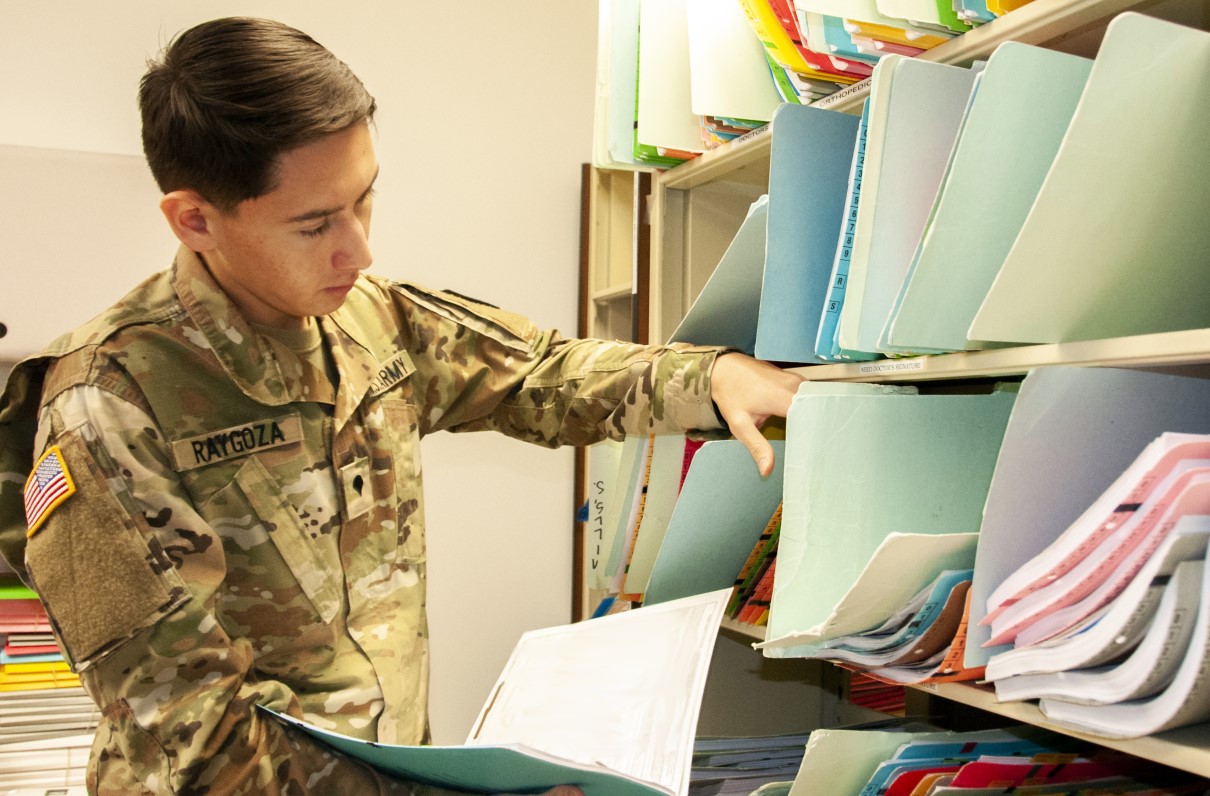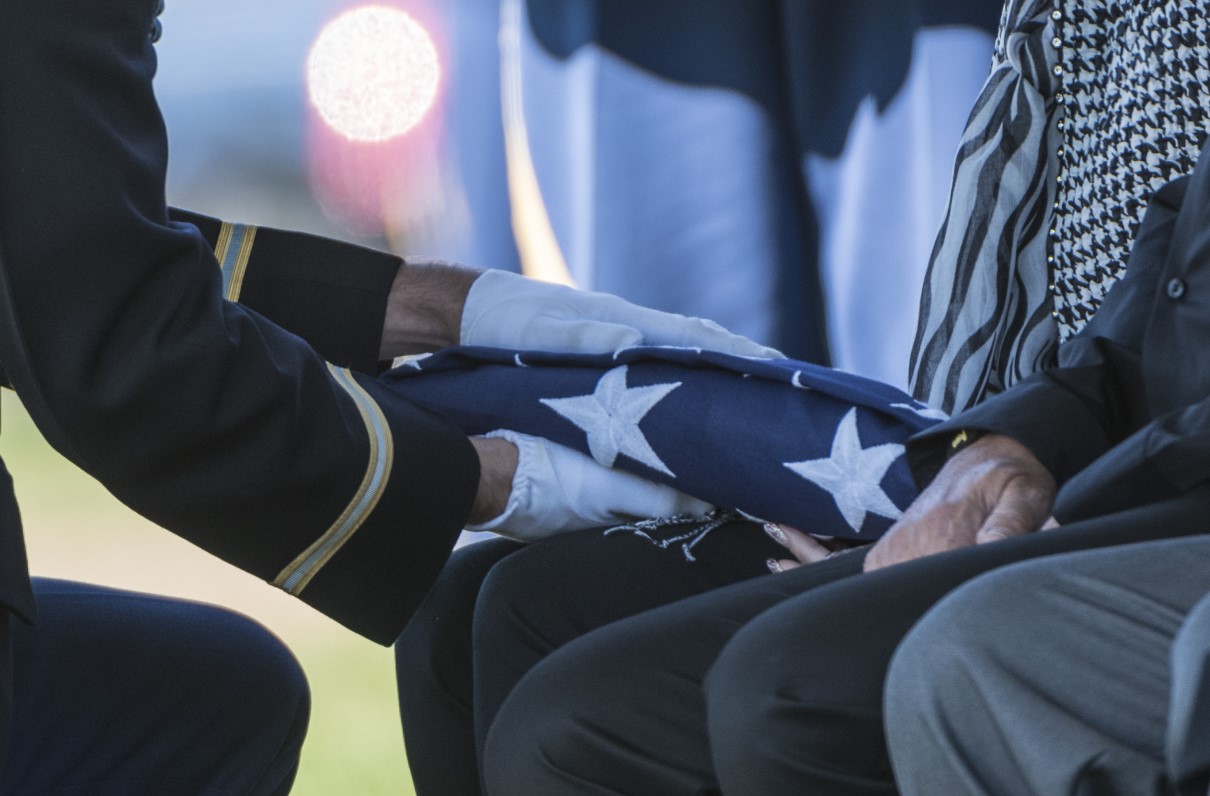Implementation of electronic health record systems for the Defense Department and the VA has progressed as part of the larger effort to standardize records across both agencies.
Defense health experts announced that DoD’s record system will expand from the Pacific Northwest to California and Idaho by the end of next summer. The electronic health care records should be implemented at each military medical facility in waves over the next few years.
The overhaul started in Alaska, Washington, and Oregon. Implementation will expand to Travis AFB, Naval Station Lemoore, and the Presidio of Monterey in California, as well as Idaho’s Mountain Home AFB, later this year. More California installations as well as Nevada’s Nellis AFB, are part of the next expansion, in mid-2020.
Some tweaks have been made to the process as the records system has been implemented, said Maj. Gen. Lee Payne, USAF, assistant director for combat support at the Defense Health Agency (DHA).
“We’ve improved our computer-based training,” he said. “Our instructor-led training has also been enhanced.”
DHA has also changed the records infrastructure transition to include a six-month head start to ensure the system is updated and working properly before launching live.
Simultaneously, the VA has been overhauling its health care record system. At the end of July, VA officials announced the transfer of 23.5 million records to Cerner Corp., which replaces the legacy Veterans Integrated System Technology Architecture (VistA). The VA’s 10-year approach is also phased in with training that began in the Pacific Northwest.
To date, more than 78 billion records have been compiled from all VA medical centers across 21 clinical areas of patient health records, which includes lab results, pharmacy prescriptions, inpatient and outpatient diagnoses and procedures, and other medical data of both living and deceased veterans.
“For decades, VA and DoD have been struggling to achieve interoperability and seamlessly share patient records between our health systems – placing an unfair burden on our veterans and their families,” said VA Secretary Robert Wilkie. “No veteran, family member or caregiver should have to carry boxes of paper, medical and service records around. This data migration is the first step to solving that problem for good.”
Amanda Dolasinski is MOAA’s staff writer. She can be reached at amandad@moaa.org. Follow her on Twitter @AmandaMOAA.




